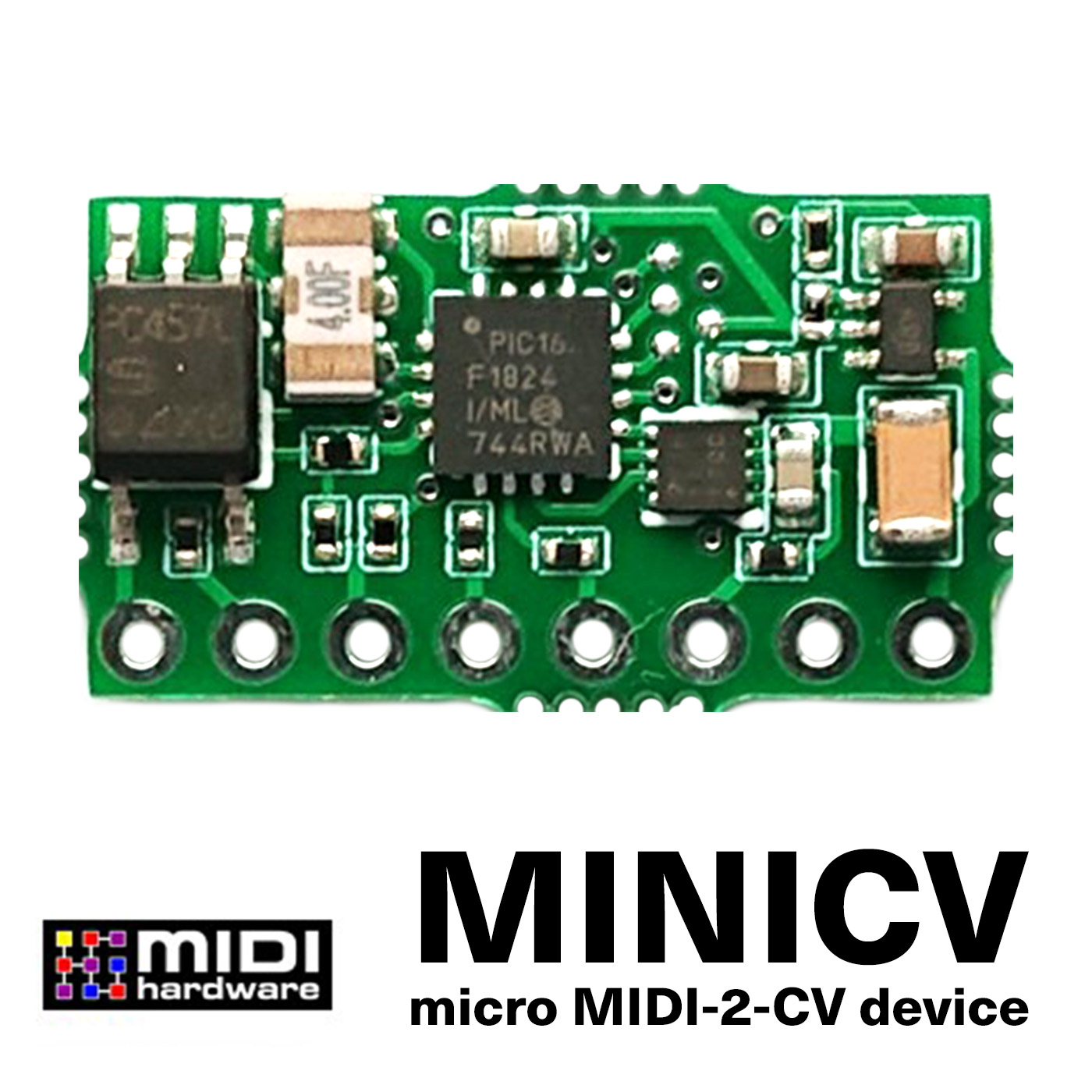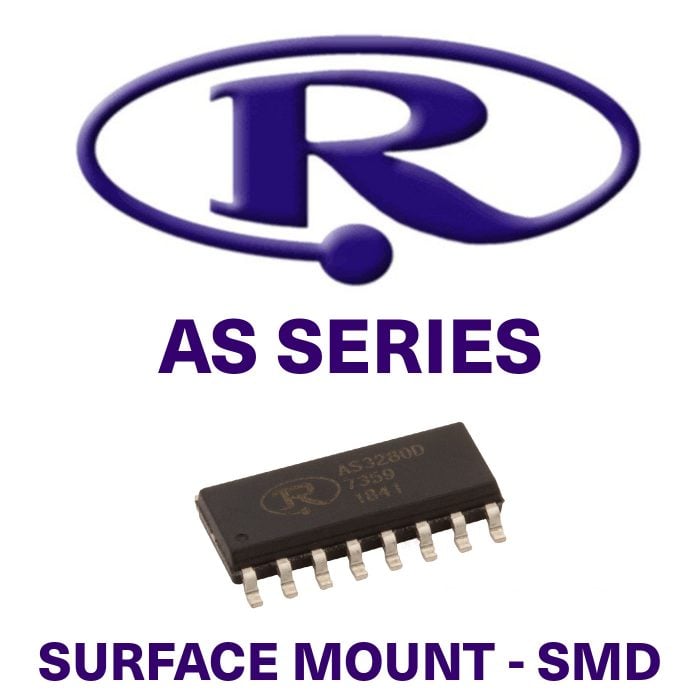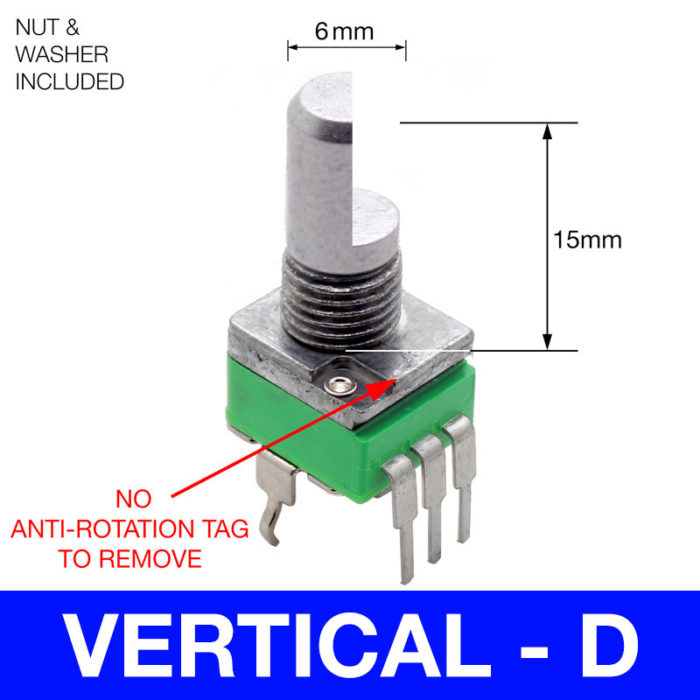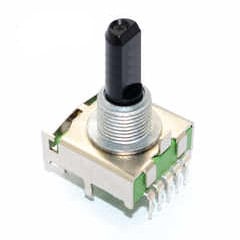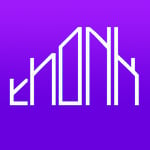Description
Meet the new MINICV version 2. Some time ago MIDI Hardware made what seemed to be the world’s smallest MIDI-2-CV converter, you can see it here. The idea behind it was to have something that you could mount inside toy synthesizers like Monotron, but probably because of affordable price and really good specs, people used it everywhere, including famous and expensive vintage synths like minimoog or VCS3. Components placed on both sides of PCB helped a lot to achieve small size, but made assembly more complex, and it was not too easy to install because of soldering pads in 2mm distances. So finally here is the brand new version, redesigned from scratch and sharing only the name with its predecessor .
This new MINICV version 2 may be small, but don’t let the size fool you. This is well grown serious converter, precise and packed with features. This is what it can do at the moment:
- tuning errors smaller than 1 cent at 1V/oct
- keyboard range adjustable to any size from 1 to 61 notes
- user tunable V/oct scale from below 0.3 to over 2V/oct in really tiny steps
- Hz/V scale with top note being always at 5V (*)
- fast response, CV is settled 0.2ms after end of MIDI message
- fast MIDI clock response on dedicated output, 45us delay on average with +/-16us jitter
- MIDI clock divider is user adjustable from 1 to 128
- constant rate portamento applied to CV output, adjustable by CC for time and on/off
- CCs recognized as portamento controls are user assignable, default are 5 and 65
- adjustable smoothing of CC and PitchBend messages
- CV offset trim available via SysEx in range +/-10mV
- all user settings via MIDI System Exclusive messages
- Starting note and MIDI channel adjustable with MIDI-learn button
- 16 scenes of user settings may be recalled by Program Change
- individually assignable ID to access many MINICVs on shared MIDI line
- gate output of V-trigger type. Gate ON selectable 5V or 0V (reversed)
- possibility to reverse CV also (like 0V is top note, 5V is lowest note)
- gate optionally retriggers with short Gate off pulse, adjustable from 0.1 to 5ms
- PitchBend optionally added to note pitch CV
- PitchBend range adjustable in semitone steps from +/-1 to 24e
- CV may respond to:
- MIDI notes (+ PitchBend if you want it)
- MIDI PitchBend only, with full 14-bit resolution
- any of 120 MIDI Continuous Controller, e.g. volume, modulation, etc.
- firmware upgradeable via MIDI SysEx
- dimensions: 21x12mm
MINICV – User Manual
MINICV comes with factory preadjusted scale and offset settings to best match 1V/oct at 100k load. Those settings are also recalled after factory reset command. Below is example graph of MINICV tuning errors measured in 26 randomly selected MINICV units. Horizontal axis range spans over 5 octaves, vertical one is scaled in milivolts of error from perfect 1V/oct scale. Full scale is +/-0.8mV, wchich is very close to +/1 cent of pitch errors if it was used as VCO driver. As you might expect, there’s one marketing trick applied – the range in this graph includes only 60 notes, without top one. This is because MINICV top limit is about 4.985V so it cannot reproduce top note correctly in pure 1V/oct scale. One way to overcome this limitation is to scale it lower, like 0.997V/oct and instead of typical 100k resistor going to VCO summing node, use 99.7k. Or better 0.976V/oct with 97.6k which is more likely to be found value.
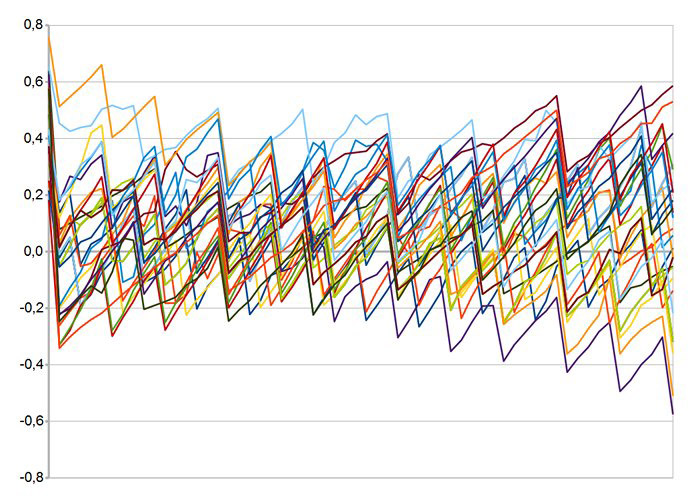
Fine print here:
This converter is made to be soldered inside a synthesizer or module, where CV load does not change. It is not intended to be simply boxed and carried as a general use universal MIDI-2-CV converter. To do so you must add a CV buffer to maintain proper scale regardless of kind and number of loads plugged to it. MIDI hardware are planning to offer a buffer soon, either in ready to use form, as bare PCB, and as Gerber files to make your own.
(*) What does it mean “top note always at 5V” in Hz/V scale? Imagine you’ve got 5 octaves range. So if top C is 5V(**), 1 octave lower is 2.5V, then 1.25V, and so on, lowering to mere 156mV for lowest note. But if you have smaller keyboard, say 37 keys, then if top note is 5V, then lowest note is 625mV, which helps getting more precise tuning at lower notes. It is 5V at top note to utilize full DAC range. Tuning it to real world synth is easy, simply follow the MINICV with adjustable gain non-inverting amplifier for Korgs to get about 8.4V at top C, or attenuator to get 4V at top C in Yamahas.
(**) It’s not exactly 5V, but rather 4.98V which is nothing important since it can be tuned externally to any voltage. What matters in Hz/V scale are ratios between semitones, which always are the same for all voltage ranges in every HZ/V synth.

